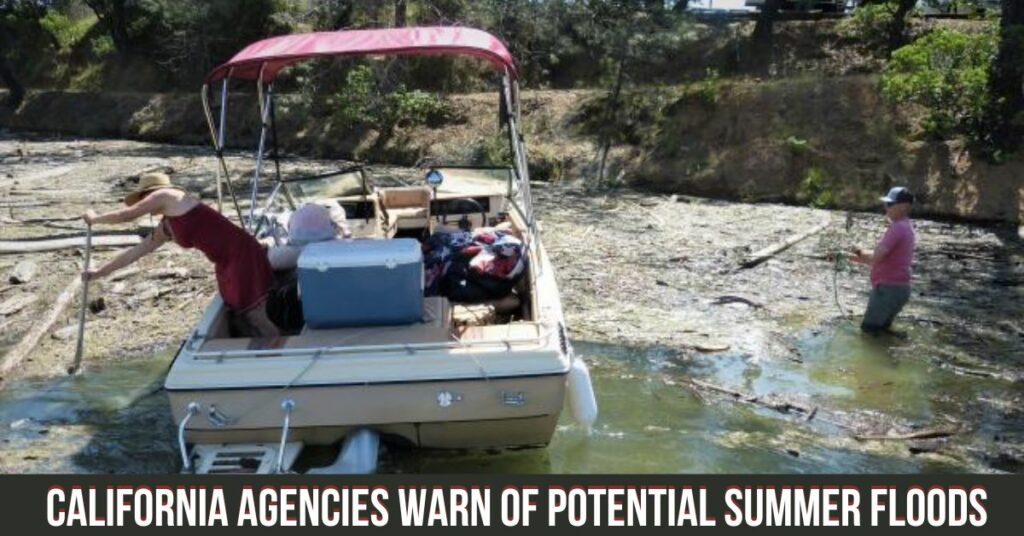Northern waterway travelers have been warned to exercise caution as record-breaking snow packs accumulated from winter storms continue to liquify, while California agencies prepare for potential summer floods.
As California agencies brace for summer, visitors of Northern waterways have been told to take precaution as record-breaking snow packs melt. https://t.co/gxmyUJoL9O
— USA TODAY (@USATODAY) May 17, 2023
On Monday, water levels were almost at maximum capacity in both Lake Oroville and Lake Shasta. The water level in Shasta Reservoir, the largest artificial lake in California and located on the upper Sacramento River not far from Redding, is at its highest point in years.
The Bureau of Reclamation reports that as of the 15th of May, Lake Shasta was 98 percent full, only a few feet short of its 2019 high. Since the beginning of 2023, water levels have increased by over 150 feet. According to the Enterprise Record, the lake has risen about 150 feet since the beginning of 2023, making coastline and trees extremely scarce.
The water level in Lake Oroville was reported to be ten feet away from its 900-foot limit on Tuesday, and its filling is anticipated to continue into the spring. According to the California Department of Water Resources and verified by the Enterprise Record, Oroville has been at capacity nine times in the last 30 years, most recently in 2017.
Law enforcement and park authorities in Shasta and Siskiyou counties are warning people not to swim, boat, or kayak in fast-moving waters due to rising water levels and temperatures.
The most up-to-date news can be found in the California Examiner:
- The Paparazzi Automobile Chase That Prince Harry and Meghan Claim Occurred in New York Was “Near Catastrophic.”
- Lauren Boebert’s S*x-ab*sing Husband Was Not Amused by Her Div0rce Filing
The Redding Record Searchlight, a part of the USA TODAY Network, reports that the Sacramento River and other adjacent waterways will continue to be inundated by the melting of the heavy snowfall that fell in the mountains and foothills this winter.
How quickly that happens depends on how hot it gets, but a snow survey report issued by the water resources department on May 1 noted that despite warm weather in late April and some flooding in the south Sacramento Valley, “the statewide snowpack overall melted at a slower pace than average” due to cloudy skies and cool temperatures.
Officials have warned swimmers to be careful in shallow spots that were dry last year and in parts of the lake where the water remains exceptionally cold even when the air temperature is high.
Colder temperatures increase the rate at which swimmers lose muscular control, and it has been some years since the Lake was at its fullest, so many landmarks may have changed appearance or be entirely buried.
If you’re looking for local news and dirt on California, go no further than the California Examiner.
